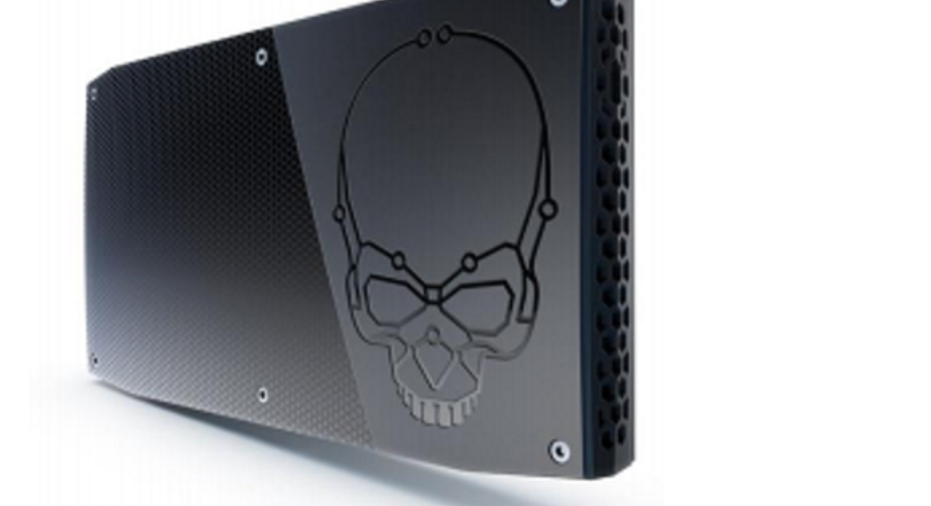Intel Corp. Paper Launches Skull Canyon

Image credit: Intel.
Over the last several years, chipmaker Intel has worked to refine its "Next Unit of Compute," or NUC product family. These are low-power, small-footprint personal computers that have proven to be reasonably popular.
These NUCs have traditionally featured low-power mobile Core or Atom processors. The lower end models have usually come with processors rated at 15-watts while the higher end models sometimes come with higher performance 28-watt chips. Intel's higher-performance chips rated at around 45-watts, however, haven't been used in the company's NUC products -- until now.
Intel brings high performance chips to NUCIntel has been teasing a new NUC known as Skull Canyon for quite some time. This NUC is special because it incorporates a very fast quad-core Core i7 processor complete with the company's highest-end Iris Pro integrated graphics. Little else was known -- until now.
According to Intel (via AnandTech) in addition to a Core i7 with Iris Pro graphics, Skull Canyon will come with Intel's latest Wireless-AC 8260 solution (867 megabits per second peak transfer speeds), support for Thunderbolt 3/USB Type C, dual M.2 slots (useful for high performance solid state drives), gigabit wired Ethernet, and an HDMI 2.0 port.
To put the performance of this system into perspective, this should be faster than a 15-inch MacBook Pro in CPU tasks and is probably quite close in graphics tasks.
It's pricey; is it worth it? Per Intel, the cost of the "bare bones" system (i.e. without everything else required to be a fully functional system) is expected to be around $650. Fully loaded, with a 256 gigabyte solid state drive, 16 gigabytes of RAM, and a copy of Windows 10, Intel says that the system should run users around $999.
If we include a nice 23-inch display, the total system cost should come out to around $1150.
Although such a system wouldn't be as elegant as a fully integrated all-in-one PC, it actually seems like a reasonable value. To put it into perspective, a Lenovo ThinkCentre M900z all-in-one desktop with a Core i7-6700, a 256 gigabyte solid state drive, 16 gigabytes of RAM, and 23-inch display can be had for about $1178.
As I mentioned above, the disadvantage of the NUC versus the all-in-one is that the NUC is not a single integrated product. The advantages of the NUC, however, include:
- Monitor reuse/choice --the NUC can be paired with an external monitor of one's choosing while an all-in-one is stuck with whatever the PC maker includes. Additionally, the NUC can eventually resold/retired and the monitor reused with a new machine.
- Customizability/upgradeability --with a NUC, the user can choose many of her/his own components such as the memory, solid state drive and so on. Over time, these components can also be easily upgraded.
All in all, it looks like Intel is offering a solid deal here with the Skull Canyon NUC.
The major problem? This is a paper launchIntel says that Newegg.com -- a major vendor of PC components -- will start taking pre-orders for this system beginning next month. The systems won't actually ship to customers, however, until the following month.
Although making it available in a couple of months versus today isn't going to have a material impact on the company's business (in fact, this product is unlikely to have such a material impact on Intel's business anyway), it's kind of a bummer for those who would love to rush out and buy it.
The article Intel Corp. Paper Launches Skull Canyon originally appeared on Fool.com.
Ashraf Eassa owns shares of Intel. The Motley Fool recommends Intel. Try any of our Foolish newsletter services free for 30 days. We Fools may not all hold the same opinions, but we all believe that considering a diverse range of insights makes us better investors. The Motley Fool has a disclosure policy.
Copyright 1995 - 2016 The Motley Fool, LLC. All rights reserved. The Motley Fool has a disclosure policy.



















